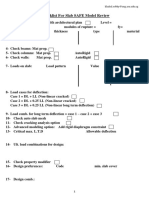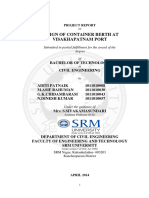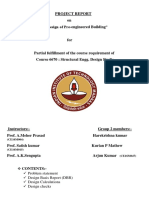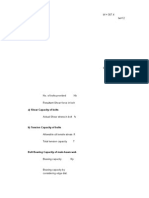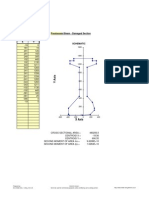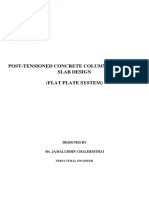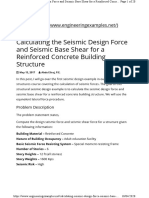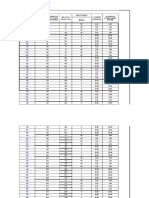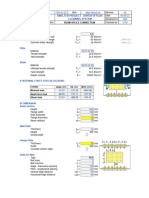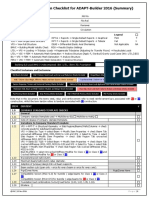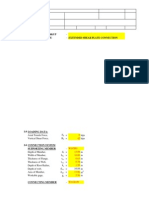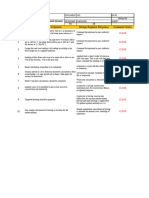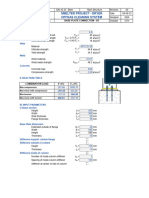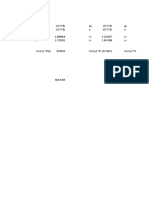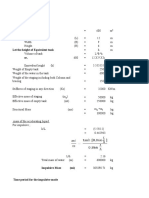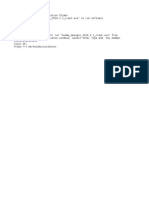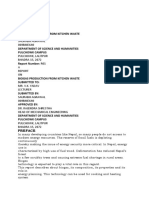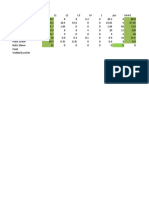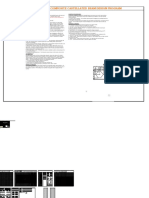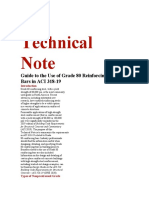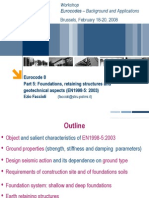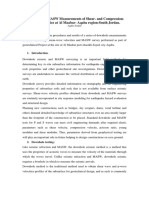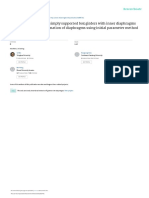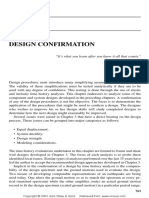0% found this document useful (0 votes)
614 views39 pagesGeneral Notes On Modeling Using SAP - ECG - v1
1. This document provides general modeling guidelines for structural analysis using SAP, including recommendations for column and shear wall placement, load transfer paths, analysis methods, material properties, frame element definitions, and torsion considerations.
2. Key recommendations include distributing lateral load resisting elements like columns and shear walls evenly in both building directions, avoiding circular load paths, accounting for member stiffness in load distribution, and adjusting frame member properties to account for cracking under seismic loads.
3. Frame sections should be defined considering minimum flange widths, and flexural rigidity values for gravity, wind and seismic loads are provided to capture member stiffness pre- and post-cracking for design and drift calculations.
Uploaded by
Sudip ShresthaCopyright
© © All Rights Reserved
We take content rights seriously. If you suspect this is your content, claim it here.
Available Formats
Download as PDF, TXT or read online on Scribd
0% found this document useful (0 votes)
614 views39 pagesGeneral Notes On Modeling Using SAP - ECG - v1
1. This document provides general modeling guidelines for structural analysis using SAP, including recommendations for column and shear wall placement, load transfer paths, analysis methods, material properties, frame element definitions, and torsion considerations.
2. Key recommendations include distributing lateral load resisting elements like columns and shear walls evenly in both building directions, avoiding circular load paths, accounting for member stiffness in load distribution, and adjusting frame member properties to account for cracking under seismic loads.
3. Frame sections should be defined considering minimum flange widths, and flexural rigidity values for gravity, wind and seismic loads are provided to capture member stiffness pre- and post-cracking for design and drift calculations.
Uploaded by
Sudip ShresthaCopyright
© © All Rights Reserved
We take content rights seriously. If you suspect this is your content, claim it here.
Available Formats
Download as PDF, TXT or read online on Scribd
/ 39

